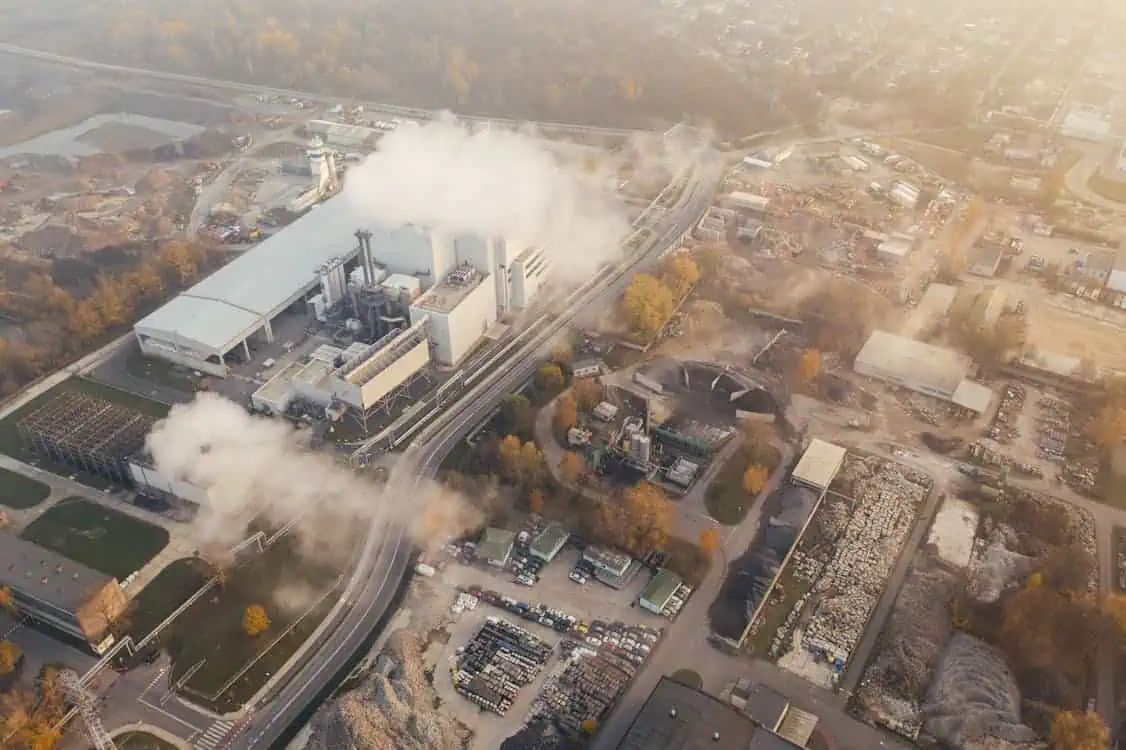Carbon dioxide (CO2) emissions can lead to massive climate change and global warming. Reports suggest that CO2 warms the planet by increasing the greenhouse effect.
About two years ago, the global ‘energy-related’ carbon dioxide emissions witnessed a 0.9% increase. Every second, 1,079 metric tons of CO2 are emitted worldwide. At this rate, Earth will soon become inhabitable.
It’s high time we do something about this. Thankfully, there’s a solution called CO2 removal techniques. With this technology, people can capture and store carbon dioxide for future utilization to combat climate change.
In this blog post, we’ll discuss how CO2 removal helps the environment and list some innovative techniques.
How Can CO2 Removal Help the Environment?
On average, normal CO2 levels in the atmosphere should be 400 ppm. However, as of April 14th, 2024, it was 424.92 ppm. Thankfully, carbon removal aims to reduce such high levels of CO2 by bringing balance.
This technology can help the environment in various ways. Some of them include the following:
- Mitigates greenhouse gas concentrations
- Preserves biodiversity by reducing ocean acidification
- Directly combats climate change issues
- Averts rising temperatures and extreme weather events
- Improves air quality
Other than these, carbon removal methods can help support positive ecosystem health. For instance, it can enhance soil fertility, air quality, and water retention.
All in all, this technology can help create a healthier and more balanced environment for humanity and biodiversity to thrive.
3 Unique CO2 Removal Techniques
CO2 removal can either be done once the gas is released into the environment or before it gets emitted. Hence, it takes various forms. Examples include land management practices and unique technologies.
In this section, we’ll discuss three techniques that can help combat climate change.
1. Carbon Storage and Capture Technology
Carbon capture and storage technology is a pivotal solution that can help fight climate change. It reduces carbon emissions from power plants and industrial facilities by capturing CO2 at the source. People can then transport the stored gas to an underground geological location to prevent its release.
According to Atoco, every industrial building should install solid-state carbon capture modules as post-combustion solutions. If that happens, people can repurpose the captured CO2 and utilize it for other industrial processes.
Even with these promises, carbon capture technology comes with some solvable challenges. These include the high cost of operation and maintenance.
Thankfully, many companies have come forward with innovative solutions to these challenges. Some of them include the following:
- Investment in proper research and development to improve carbon capture’s reliability and efficiency. Examples include achieving a delicate balance between absorbent materials and CO2 molecules.
- Increased standardization to help scale up carbon capture projects and allow mass production. It can also help with streamlining technology maintenance across various industries.
- Use of advanced monitoring and control to ensure operational efficiency. For instance, advanced carbon capture technologies can minimize overall downtime.
The advancements in this technology have changed the carbon footprint of many industries in the manufacturing sector. Hence, economic incentives are being created for carbon neutrality. It’ll soon become a crucial tool for reducing global warming and mitigating climate change.
2. Carbon Mineralization
Did you know some minerals can naturally react with CO2 to turn them into solid substances? Yes, alkaline rocks can permanently keep carbon dioxide from the atmosphere by changing their composition.
Naturally, carbon mineralization occurs slowly over thousands of years due to weathering. Scientists are figuring out ways to speed up this process to change the gas into a stable carbonate format. For instance, they’re enhancing mineral exposure to CO2 in the ocean and air. They use metal oxides, silicates, olivine, etc., for this.
In this process, scientists move mine tailings after crushing them to increase the enzyme’s surface area. After that, they spread the minerals near coastal or cropland areas to lock away the CO2. They also add reactive industrial byproducts to sequester CO2.
All these can permanently change the gas into a solid form to mitigate its impact on the atmosphere. Even then, challenges with mineral availability and scalability persist. Industries need to research and improve standardized measurements to realize the full potential of carbon mineralization.
3. Biomass Carbon Removal and Storage (BiCRS)
BiCRS is an innovative approach that can lead to carbon neutrality. According to the World Resource Institute (WRI), this technique can provide unique decarbonization benefits.
The BiCRS approach utilizes organic matter to remove and absorb CO2 from the atmosphere. Examples include agricultural residues, energy crops, and forestry waste.
The biomass processes used in this technique help remove and store carbon for long-term use. It also offers benefits like the production of renewable energy and soil enrichment. This technology can eventually help with sustainable land management practices.
However, challenges like lifecycle emissions and land-use competition persist. Industries need careful consideration and investments to maximize the environmental efficiency of BiCRS.
In summary, CO2 removal will soon become the cornerstone of the fight against climate change. It’s a way to bring about global sustainability. As mentioned in the blog, industries can change their carbon footprint with BiCRS, carbon capture, and carbon mineralization technologies.
Even then, challenges like cost-effectiveness and scalability persist. To counter this, we can collaborate and invest in the continued research of this powerful technology. Doing so will help industries harness the true power of CO2 removal techniques.
This way, we get to create a safe environment for future generations.
Article and permission to publish here provided by Daniel Washington. Originally written for Supply Chain Game Changer and published on April 30, 2024.
Cover photo provided by pexels.com.

